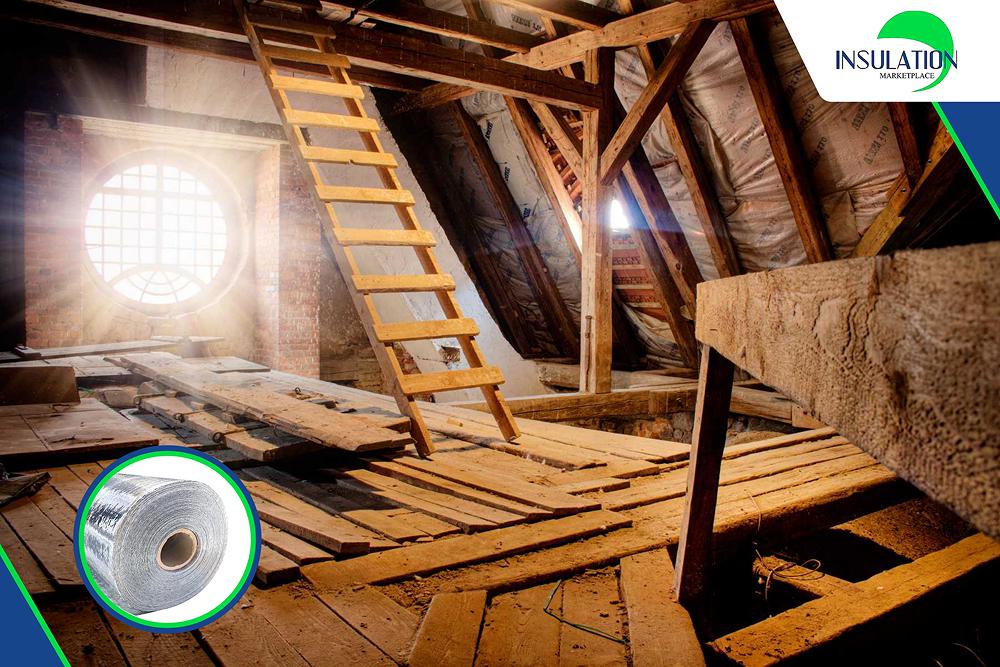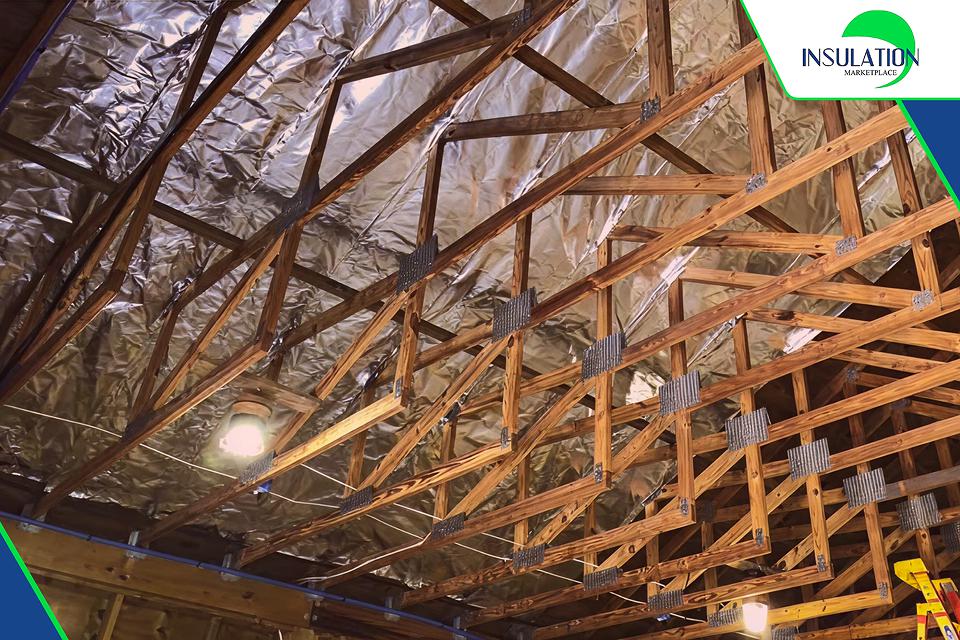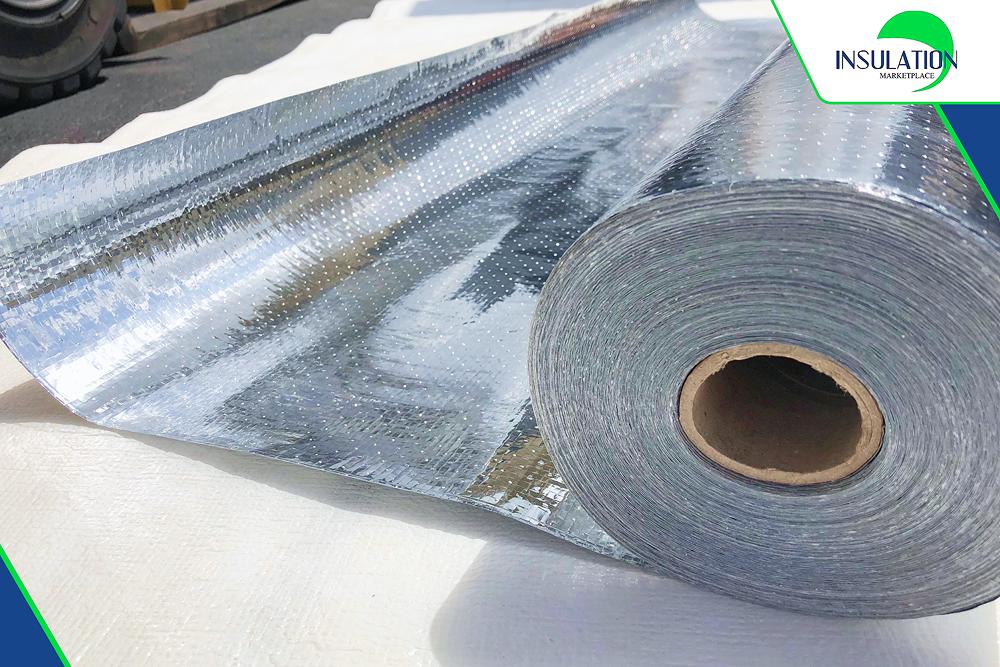How Hot Does an Attic Get?
A hot attic is one of the main factors that raises monthly energy bills. Meanwhile, most homeowners don’t realize how hot their attics can get during a hot summer. That heat trap will strain air conditioning systems and even threaten structural components. The intense heat can eventually deteriorate roofs and warp wood.
How hot does an attic get? In this article, you will learn about attic temperatures and how to keep them under control. Keep reading to manage your attic’s climate, reduce cooling costs, and protect your home!

How Hot Does an Attic Get?
Attics without ventilation can reach 150°F in summer. Imagine with that heat, you can cook an egg. For a long run, it can even deteriorate the roof shingles.
When attic temperatures exceed 130°F, your home’s structure can begin to show damage. This extreme heat will gradually cause leaks and other structural damage, especially in hot regions like Texas.
What ideal temperature should you keep your attic at? It is suggested to keep your attic temperature within 10-20°F of the outdoor temperature.
The most common and effective methods to create the ideal temperature balance in your attic space are ventilation and insulation. We can combine these methods to increase their efficiency of protecting home integrity and lowering your monthly energy costs. In addition, regular monitoring and maintenance helps prevent potential problems caused by a too-hot attic.
Problems with an Overheated Attic
As mentioned, excessive attic heat creates multiple problems for your home, including:
- Roofing: High temperatures can bake and damage asphalt shingles of the roofs, shortening their lifespan as a result.
- Structures: Hot and humid conditions often warp wooden frames and foster mold growth. That is an ideal condition to compromise your roof's integrity and create health hazards.
- HVAC system: Air conditioning systems struggle against intense heat. Therefore, excessive attic temperatures will make this system overload and lead to its premature failure.
- Insulation breakdown: Heat and humidity make standard insulation materials less effective in controlling temperatures.
These issues compound over time and can damage your home's structure and affect the comfort inside.

Why Is My Attic Overheating?
If your attic is unusually hot, these could be the causes:
- Insufficient Ventilation: Poor airflow can trap hot air in your attic. That is one of the main reasons causing temperatures to rise dramatically.
- Inadequate Insulation: Insulation creates a thermal barrier between the inside and outside of your attic and your home. Without proper insulation, your attic gains heat quickly in summer and loses most heat in winter. Therefore, inadequate insulation results in significant energy costs throughout the year.
- Structural Issues: Roofs with missing shingles or cracks create openings for hot air to enter your home directly. In the same way, unshaded or drafty attic windows will contribute to heat buildup in the summer and heat loss in the winter.
- Roof characteristics: Your roofing material can affect how much heat your home absorbs. For example, dark roofs and asphalt shingles absorb more solar heat than lighter and reflective ones. Meanwhile, metal roofing reflects radiant heat and keeps temperatures lower.
How to Resolve a Hot Attic
You can practice some proven strategies to strengthen your attic's thermal resistance and prevent excess heat from spreading to living areas.
Upgrade insulation
Assess your current insulation and enhance attic insulation where needed. Proper insulation creates a barrier that limits heat transfer, helping maintain moderate temperatures in your attic spaces.
Reflective foil insulation products from Insulation MarketPlace can block up to 96% of radiant heat transfer. The products prevent heat from entering your home when installed in attic spaces or as house wrap. When combined with your existing mass insulation, reflective barriers can enhance home comfort and reduce electricity costs. This solution works effectively in both hot and cold climates.
Inspect and repair your roof
Your roof might have gaps that need to be addressed to prevent heat transfer. Examine this top part carefully for any necessary repairs, such as broken or warped shingles, granule loss, and leaks around chimneys and flashings. Repairing these areas can prevent significant heat from entering your attic.
Consider replacing dark shingles with reflective or light-colored roofing materials. Lighter roofing absorbs less solar heat, reducing conductive heat transfer to your home.
Seal air leaks
Just as you would repair roof leaks and damaged shingles, search for areas inside your home where unwanted hot air can enter. Examine the ceilings and walls adjacent to your attic, where you can find visible cracks and holes. Pay special attention to areas surrounding lighting fixtures and your attic access point.
For smaller cracks and gaps, apply caulk for an effective seal. Larger holes may require more substantial solutions, such as additional insulation or installing new drywall sections (or sheet metal in metal structures) to effectively block hot air infiltration and maintain your home's energy efficiency.
Shade the roof
Consider increasing the shade coverage over your attic to reduce direct sunlight exposure. Planting trees around your home or installing external shading devices can significantly decrease the amount of solar heat your roof absorbs in summer.
Cover Attic Windows
Install curtains, shades, or blinds on attic windows to prevent heat buildup during peak sun hours. For extra temperature control, consider applying reflective window films - these effectively block solar radiation and reduce unwanted heat in your attic space.
Keep Your Attic Cooler with Insulation MarketPlace
You have been informed of how hot does an attic get and the problem of excessive attic temperatures. A well-insulated attic is a main defense against extreme temperatures and high energy bills.
Our SmartFOIL radiant barrier technology can block 95% of radiant heat. It will dramatically reduce heat transfer in your attic space. When installed alongside traditional insulation, this advanced solution creates a powerful thermal barrier year-round.

SmartFOIL stands out with its Class A fire rating and impressive list of practical benefits. It's non-toxic, maintenance-free, and resistant to moisture, pests, and microbial growth. Meanwhile, installation is straightforward, making it an accessible upgrade for any home.
Visit our online store to discover how SmartFOIL can enhance your home's energy efficiency. Our radiant barrier insulation delivers immediate comfort improvements and substantial savings on your electric bills.




